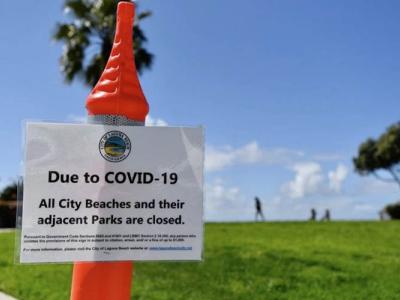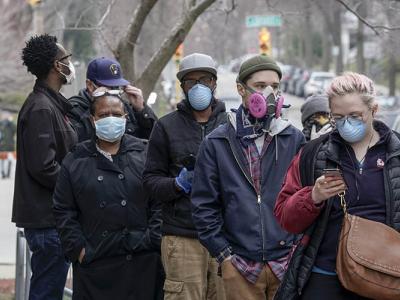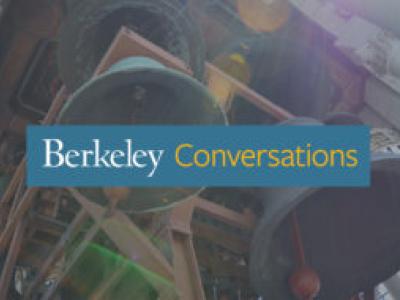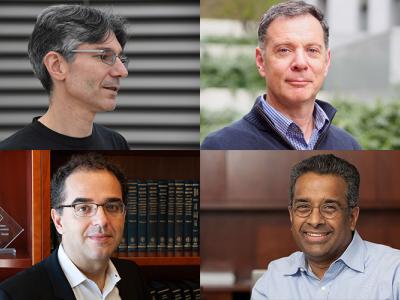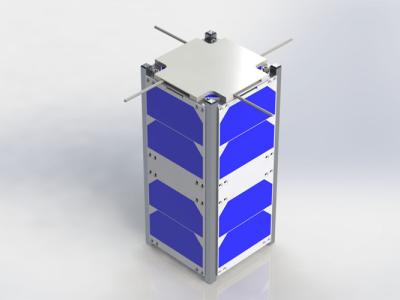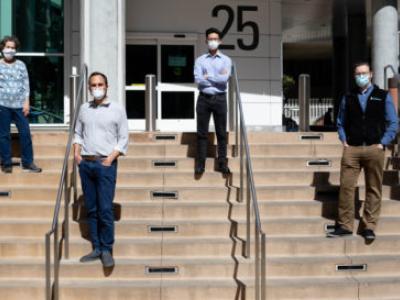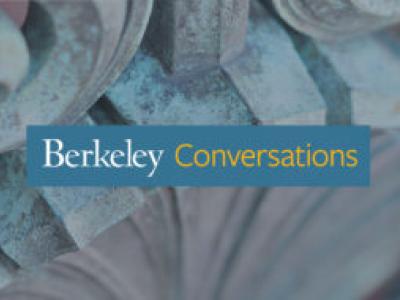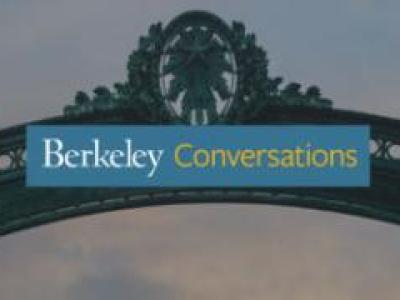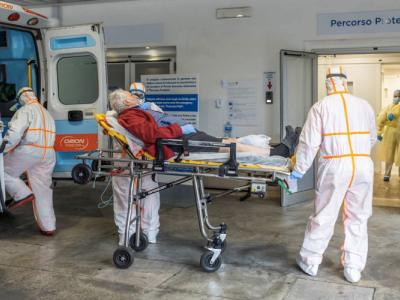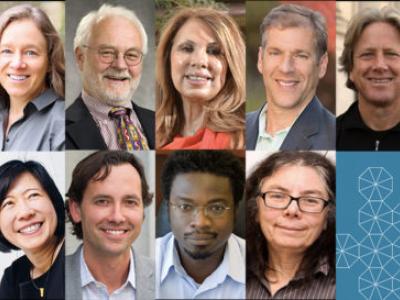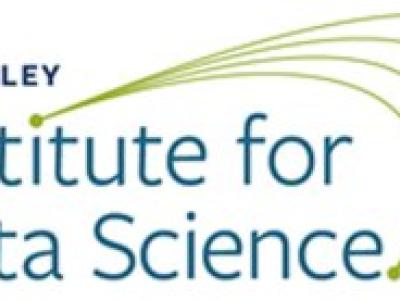California voters are deeply divided about the COVID-19 pandemic, with supporters of President Donald Trump more worried about the economy and less concerned they will infect others, according to a new poll by UC Berkeley’s Institute of Governmental Studies (IGS).
Research News
Learn more about UC Berkeley's researchers and innovators.
Showing 1377 - 1392 of 3512 Results
The streets are largely empty. People are secluded in their homes, forced to seek haven from a deadly virus. With shops, factories and offices closed, the economy is tottering. Voters arrive in protective masks to cast primary election ballots, while other primaries have been postponed or canceled. Protesters, meanwhile, gather at state capitols, demanding a return to normalcy — and some of them are armed.
COVID-19 has brought daily life to a halt, revealed fault lines of socioeconomic inequality and created a deep sense of uncertainty about the future. It is not unexpected, then, that some individuals are at risk of developing long-term reactions to the COVID-19 pandemic.
Chemist Dean Toste, biochemist James Hurley and astrophysicist Eliot Quataert are the latest University of California, Berkeley, faculty members elected to the prestigious National Academy of Sciences (NAS), a group that has provided policy guidance to the U.S. government since 1863.
Childhood vaccination may be a powerful tool in the fight against antimicrobial resistance in low- and middle-income countries, finds a new analysis led by researchers University of California, Berkeley.
Most graduating seniors expect to write a final thesis, or perhaps co-author a paper or present a poster or talk at an academic conference.
By the time Paul Kӧttering graduates from the University of California, Berkeley, in 2021, he and his team hope to have launched a satellite.
As the United States and much of the world move toward relaxing shelter-in-place restrictions to let people move about more freely, public health experts hope to rely on antibody tests to determine who has been infected with the COVID-19 virus and may be immune — at least temporarily — and who is still susceptible.
In the third in a series of short videos, UC Berkeley psychologist Dacher Keltner talks about the benefits of practicing gratitude. Expressing appreciation is a key component of Keltner’s Science of Happiness course, which he has taught to inmates at San Quentin State Prison, among thousands of other students.
Government-enforced social isolation may help relatively affluent populations limit the spread of COVID-19, but these measures can be devastating for the nearly 1 billion people around the globe currently dwelling in urban slums, where physical space is scarce, and many rely on daily wage labor for survival.
Ever so slowly, communities around the globe are cautiously easing shelter-in-place orders, and people are heading back to work — bringing with them damaging behaviors that hurt the environment and impact climate change, such as increased reliance on single-use plastic grocery bags.
The broad death disparities black communities face during the spread of COVID-19 reflects health and societal inequities that existed for communities of color in the United States, long before the disease became a pandemic.
A study by UC Berkeley and LBNL predicts that the true number of deaths in Italy from COVID-19 is more than twice the official figure: around 50,000 people, as of April 18.
There are various reasons COVID-19 is killing black people at six times the rate of white people. But one largely unexamined contributor to the disparity is the trauma and stress caused by police violence in those communities, and the physical toll of that violence.
Nine UC Berkeley faculty members from a wide range of disciplines have been elected to the American Academy of Arts and Sciences (AAAS), a 240-year-old organization honoring the country’s most accomplished artists, scholars, scientists and leaders.
UC Berkeley is launching a new Computational Social Science Training Program (CSSTP) to train predoctoral students with advanced computational and data science analytics skills to address pressing needs in biomedical, behavioral, social, and clinical research.
In today’s Berkeley Conversations: COVID-19 event, Jennifer Chayes, associate provost of the Division of Computing, Data Science, and Society and dean of the School of Information, spoke with three UC Berkeley experts about how relying on data and algorithms to guide pandemic response may actually serve to perpetuate these inequities — and what researchers and data scientists can do to reverse the patterns.

